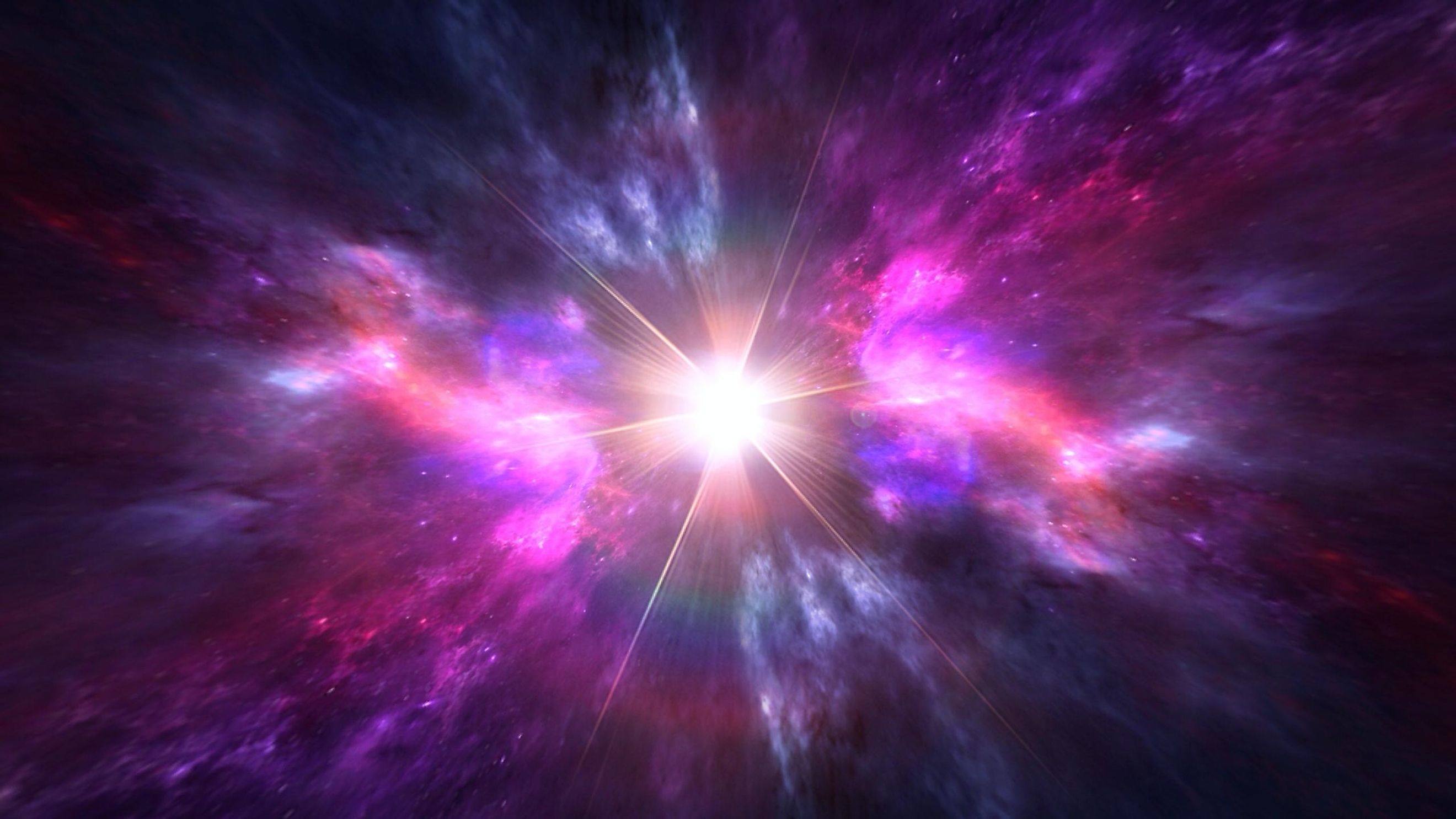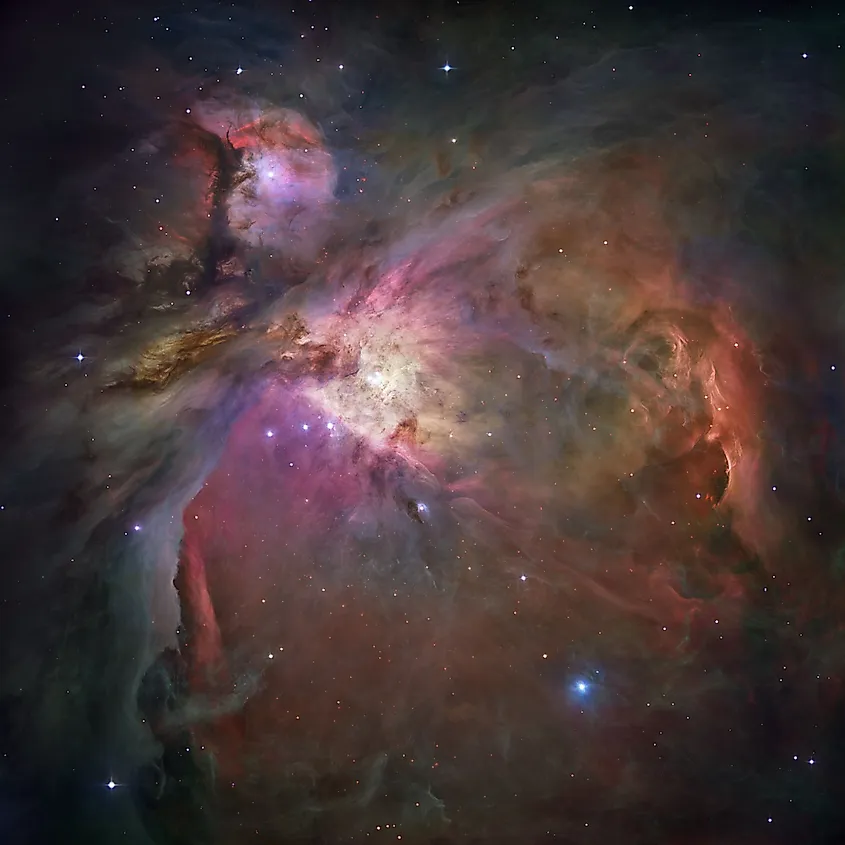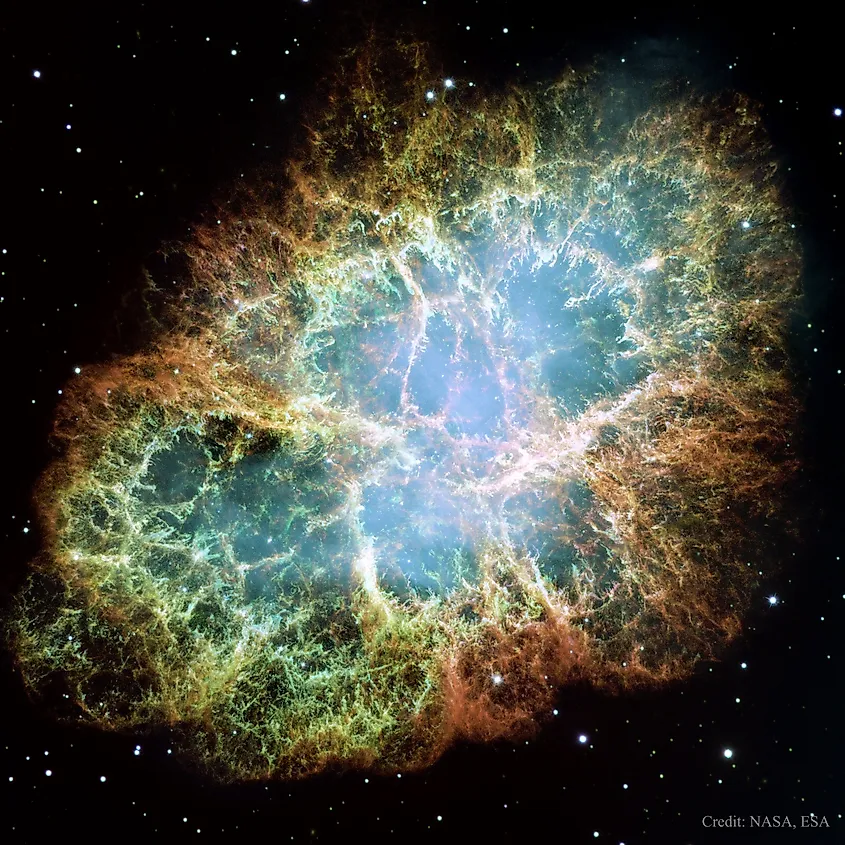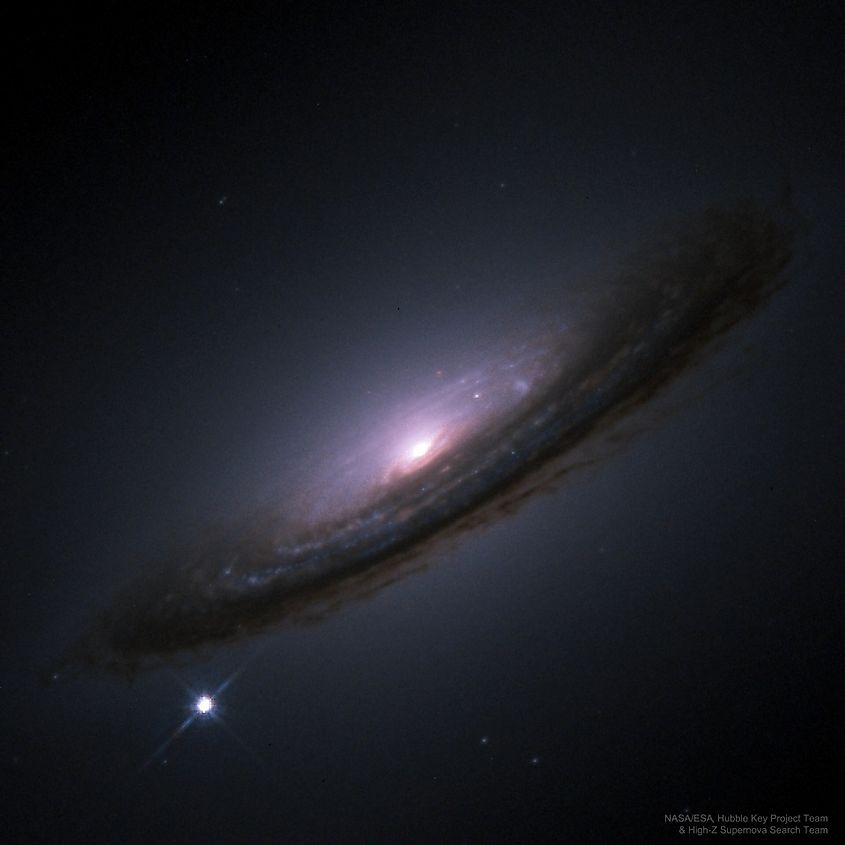
What Are Supernovae?
Nothing in this universe lasts forever. Even the stars themselves will one day cease to exist. How a star dies will be dependent upon its mass. For example, low to medium mass stars, such as red dwarfs and our sun, will eventually swell and become red giants, their cores forming into stellar remnants called white dwarfs. For stars that are more massive than our sun, however, they will one day explode as mighty supernovae. What is a supernova and how do they happen?
Star Formation

Regardless of how massive a star is, they all form in virtually the same way, by the gravitational collapse of interstellar gas. As vast amounts of hydrogen clump together, the amount of gravity increases, which in turn causes temperatures and pressures to increase as well. Eventually, pressures and temperatures become so high that individual atomic nuclei fuse together to form heavier elements, a process known as nuclear fusion. Once the fusion of hydrogen is sustained within a star’s core, it becomes what is known as a main sequence star. While a star is on the main sequence, it exists in a state of equilibrium wherein the flow of nuclear energy from the core counteracts the inward pull of a star’s gravity, allowing it to maintain itself for countless generations. However, every star contains a finite amount of hydrogen, and eventually that fuel source runs out. What happens after a star runs out of fuel is dependent upon its mass.
Death of a Star

The most massive stars will continue fusing elements in their cores until the formation of iron. While the fusion of elements lighter than iron supply the star with energy, iron fusion requires more energy than it releases, and so it becomes an energy absorber rather than an energy contributor. Once iron forms in the core of a star, its days are numbered. Without nuclear fusion creating an outward flow of energy, there is nothing left to counteract the gravitational pull of the star. Inevitably, the star’s gravity causes it to collapse in on itself. For stars that are several times more massive than the sun, around 8 to 15 times more massive, their gravitational pull is so strong that when they run out of fuel, they experience core collapse. Pressures within the core become so high that individual atoms are squeezed together as the repulsive forces between them are overcome. Protons and electrons themselves begin to merge together, forming neutrons. Eventually, the core is composed almost entirely of neutrons, forming a stellar remnant called a neutron star. The outer layers of the star continue collapsing inward, eventually meeting the neutron star and rebounding with tremendous force. The outer layers then explode as a mighty supernova.
Energy Output

Supernovae are among the most energetic events in the cosmos. A single supernova can even emit more light and be brighter than an entire galaxy containing hundreds of billions of stars. Interestingly, supernovae do not generally last very long, and usually the explosion occurs over a timeframe of only one to two minutes. However, during that small amount of time, a supernova can release more energy than our sun will over its 10-billion year lifespan. In fact, supernovae can be so bright that they can sometimes even be visible from Earth to the naked eye. If a supernova occurs within a fairly close distance of our solar system, it may even be brighter than a full moon and be completely visible in broad daylight.











